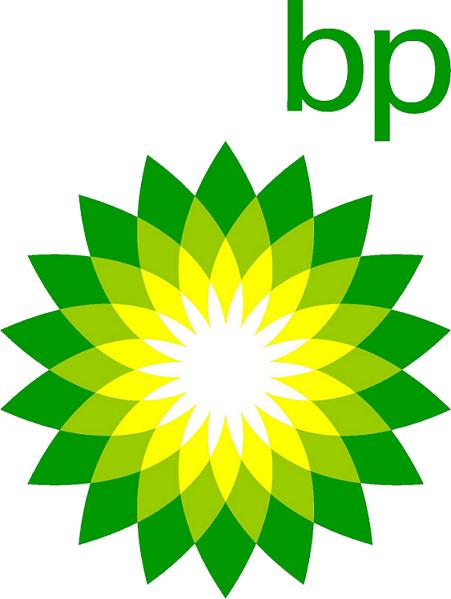I’m not a graphic designer. I can throw a bunch of stuff together and make something that looks halfway decent, but don’t think of that as design.
I try to notice good design when I see it, though, and in this age of history it’s all over the place. Not everywhere, mind you – there will always be people with no use for designers, who think they can throw something together using Microsoft’s word art and save themselves some money. But it seems like designers have far more work now than they did 20 years ago, because aesthetics matter in this age.
Even if you’re a small business, a poorly designed sign drives away customers. Having an appealing logo matters much like having an appealing name – both are abstract representations of an actual thing, and as such influence people’s perception of the thing itself.
Big companies realize this, and as such use their logo to change people’s perception about them. Think of BP. Here’s a company that makes billions extracting carbon from the ground to sell to consumers, who in turn burn it. If global warming is real they – and their customers, which is all of us – profit by causing the environment harm. But we’d rather not believe that.
BP realized this, so they went green. Literally. They changed their logo to a green and yellow flower. To look at that logo you’d think BP exclusively made windmills, solar panels and kittens who adorably gather static electricity.
Most of us know, on some level, that our fossil-fuel-based lifestyle is unsustainable. Even if we don’t destroy the environment – which we probably will – at some point we will run out of oil. That’s just the reality of any finite resource.
So when we see BP’s flower logo we trust it. It’s not conscious, but something about that logo makes us think BP has a plan, that they’ll eventually move on from oil so we don’t need to worry about anything.
The oil spill in the Gulf of Mexico did that logo some damage, but BP sticks with it. It’s on screen during commercials about their efforts to help people in the gulf, commercials that feature windmills and fishing boats and animals not drenched in oil.
It’s cheaper to buy the perception of caring than it is to actually care, but that’s not my point. My point is that design is powerful, and it is. Take it seriously, and think about it critically.

2 responses to “Going green. Literally.”
Justin, good commentary on the power of logos and design aesthetics in establishing strong (or weak) market perceptions for entrepreneurial companies. Your selection of the BP logo to illustrate this positive perceptual influence is apt.
Though, your BP greenwashing inference doesn’t tell the whole logo story, even in light of the BP Deepwater Horizon disaster. Amoco, the American oil company purchased by BP some years ago, was one of the pioneers investing in the research and production of solar photovoltaic systems (electricity generated from sunlight) back in the 1970’s and 80’s via Amoco’s subsidiary company, Solarex. These major investments are still active today via BP Solar and other BP alternative energy programs that have long been core to tthe Amoco/BP mission. The BP logo reflects these decades-long ambitions even if the Gulf disaster destroyed much of the company’s brand/logo equity.
http://www.bp.com/sectiongenericarticle.do?categoryId=9025019&contentId=7046515
Thanks so much for the comment. I didn’t mean to imply that BP is doing nothing in terms of alternative energy, just that the branding doesn’t reflect the company as a whole. Every oil company should be investing at least a little in such technology, because fossil fuels will run out someday. It’s inevitable.
I only meant to say that the brand doesn’t necessarily reflect the reality of the entire company. The bulk of investment and revenue is coming from fossil fuels, regardless of what color the logo is.